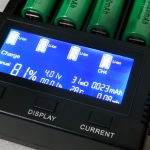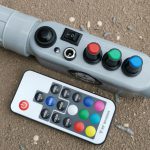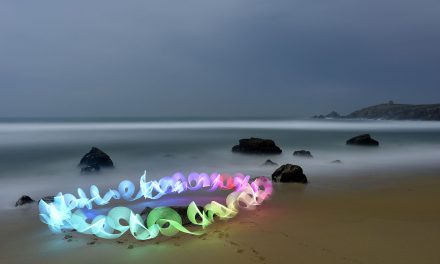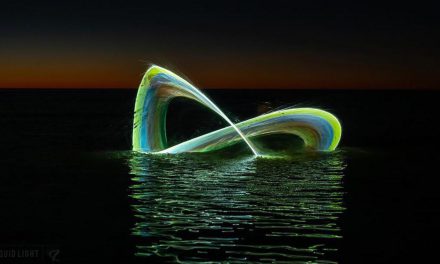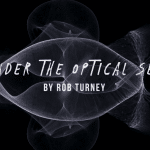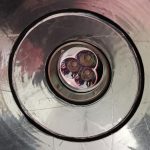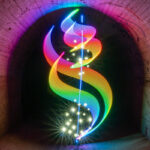
Exploring the Huion Inspiroy Giano Drawing Tablet
Posted by Jannis Sid | Sep 13, 2023 | 0
Battery and Charger Buying Guide 2021
Posted by Stephen Knight | May 15, 2021 | 1 |
Flashlight Buying Guide 2021
Posted by Stephen Knight | Feb 17, 2021 | 0 |
Vulnerability & Art - TAO LP 11
Posted by Patrick Rochon | Dec 24, 2020 | 0 |
Patrick’s 8H LP Workshop
Posted by Patrick Rochon | Dec 15, 2020 | 0 |
Learn
PopularLight Painting DIY - The Backlight Scanner Tutorial
Light Painting DIY - The Backlight Scanner Tutorial (Des sous-titres en français sont...
-
11 Easy Light Painting Ideas to Try as a Beginner
by Jannis Sid | Apr 19, 2017 | 1 |
-
Blade Tunnel Tutorial
by Stephen Knight | Mar 26, 2018 | 0 |
-
Camera Rotation
by Tim Gamble | Nov 9, 2017 | 0 |
Gear Reviews
LatestLP Tool Review: Light Bar from Luis Lafuente Medina
by Stephen Knight | Aug 25, 2021 | 0 |
Home-made LED light wands, and professional LED light sticks have long been part of the light...
-
Flashlight Review: Light Excursion Deluxe LE (RGB) 2021
by Stephen Knight | Apr 17, 2021 | 0 |
-
LP Tool Review: LACE Backlight Scanner
by Stephen Knight | Jan 28, 2021 | 0 |
-
Flashlight Review: Sofirn SP31 V2.0
by Stephen Knight | Nov 14, 2020 | 0 |
Latest
Top Rated2019 Flashlight Buying Guide
by Stephen Knight | Oct 15, 2019 | 0 |
There have been many changes in the flashlight (torch) market in the last year, including a shift...
-
Headlamp Review: Nitecore HC65
by Stephen Knight | May 18, 2018 | 0 |
-
Flashlight Review: Light Excursion Sport RGB
by Stephen Knight | Oct 29, 2019 | 0 |
-
Oviedo Light Painting Contest 2017
by Jannis Sid | Jul 26, 2017 | 0 |
Inspire
LatestThe Great Awakening - TAO LP 12
by Patrick Rochon | Jan 1, 2021 | 0 |
01 01 2021 The Great Awakening. An art manifesto marking our time. Aiming at something higher...
-
Intercontinental Light Painting
by Dan (Chick) Roberts | Jul 30, 2020 | 0 |
-
The Path Of Light - Part 2
by Jannis Sid | May 21, 2019 | 0 |
-
Message of Peace - Fotografica Bogota 2019
by Jannis Sid | May 14, 2019 | 0 |
Artist of the Month
LatestFeatured Artist - Guillaume Plisson - Lightgraff
by Jannis Sid | May 1, 2019 | 0 |
Featured Artist - Guillaume Plisson - Lightgraff After some time of silence we finally...
-
Artist of the Month December - Rob Turney
by Jannis Sid | Dec 8, 2018 | 2 |
-
Featured Artist - Dan Chick
by Jannis Sid | Nov 3, 2018 | 0 |
-
Artist of the Month September - Hugo Baptista
by Jannis Sid | Sep 25, 2018 | 0 |
Photo of the Week
LatestPhoto of the Week - Last of 2018
by Jannis Sid | Dec 30, 2018 | 0 |
Photo of the Week - Last of 2018 For the last time for this year our featured artist for...
-
Photo of the Week 52 -2018
by Jannis Sid | Dec 23, 2018 | 0 |
-
Photo of the Week 51 - 2018
by Jannis Sid | Dec 17, 2018 | 0 |
-
Photo of the Week 50 - 2018
by Jannis Sid | Dec 9, 2018 | 0 |
Featured Video
LatestUnter The Optical Sea - Rob Turney
by Jannis Sid | Dec 12, 2018 | Featured Video | 0 |
Under the Optical Sea is a great video of moving Refractographs by our artist of the month Rob...
-
She lights the Night - Dariustwin
by Jannis Sid | Oct 19, 2018 | Featured Video | 0 |
-
Art Toyz - Aty Lightgraff
by Jannis Sid | Nov 20, 2017 | Featured Video | 0 |
-
Kill the Lights - Darius Twin
by Jannis Sid | Nov 1, 2017 | Featured Video, Interviews | 0 |
- The Art of Light Painting
- Events
- Opinions
- Interviews
- Throwback Thursday
The Great Awakening - TAO LP 12
by Patrick Rochon | Jan 1, 2021 | 0 |
01 01 2021 The Great Awakening. An art manifesto marking our time. Aiming at something higher...
-
Vulnerability & Art - TAO LP 11
by Patrick Rochon | Dec 24, 2020 | 0 |
-
Depth - TAO LP 10
by Patrick Rochon | May 27, 2018 | 0 |
-
THE TRACE WE LEAVE BEHIND - TAO LP 9
by Patrick Rochon | Mar 5, 2018 | 2 |
-
IMAGINATION - TAO LP 8
by Patrick Rochon | Feb 2, 2018 | 0 |
Lightpainters United - Merzouga 2018
by Jannis Sid | Oct 14, 2018 | 0 |
Last month the 3rd Lightpainters United Meetup took place in Merzouga, Morocco, the first light...
-
LPWA Events - Morocco 2018
by Jannis Sid | Jul 23, 2018 | 0 |
-
IDL 2018 Light Painting Activities
by Jannis Sid | Apr 14, 2018 | 1 |
-
Maker Faire Lille 2018
by Jannis Sid | Feb 23, 2018 | 0 |
-
Lightpainters United - (part 2) - The Path of Light
by Jannis Sid | Feb 16, 2018 | 0 |
Colours in Light Painting Part 4
by Sven Gerard | Feb 9, 2019 | 0 |
Coloured light in Light Painting - practical implementation After the first three more...
-
Ethics, Etiquette and Credit
by Dan (Chick) Roberts | Oct 16, 2018 | 4 |
-
Light Painting and environmental protection
by Sven Gerard | Aug 31, 2018 | 1 |
-
Nothing New Under The Sun
by Dan (Chick) Roberts | Jul 26, 2018 | 0 |
-
Colours in Light Painting Part 3
by Sven Gerard | May 4, 2018 | 0 |
LightGraff - The first Light Painting Book
by Jannis Sid | Aug 15, 2018 | 0 |
LightGraff - The first Light Painting Book Back in 2007, the world saw the first book...
-
Light Art Digital Magazine - An interview with Sasa Lightpainting
by Jannis Sid | Dec 21, 2017 | 0 |
-
Kill the Lights - Darius Twin
by Jannis Sid | Nov 1, 2017 | 0 |
-
Artist of the Month October - Palateth
by Jannis Sid | Oct 10, 2017 | 0 |
-
360 Light Painting - Part 2
by Jannis Sid | Sep 27, 2017 | 0 |
Throwback Thursday – Black Sabbath Album Artwork
by Jannis Sid | May 11, 2017 | 0 |
I don’t think many people in this world hasn’t heard of Black Sabbath. One of most...
-
Throwback Thursday - Jyrki Parantainen
by Jannis Sid | Apr 20, 2017 | 2 |
-
Thowback Thursday: Gjon Mili
by Jannis Sid | Apr 13, 2017 | 0 |
-
Throwback Thursday - Picasso Light Paintings
by Jannis Sid | Apr 6, 2017 | 0 |
DIY, Gear Reviews, Tutorials
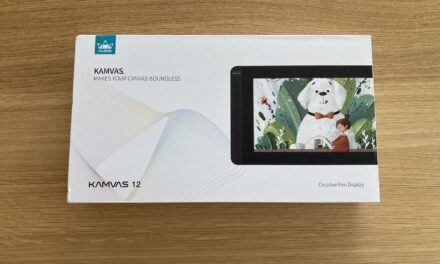
Kamvas 12 Pen Display from Huion: A Comp...
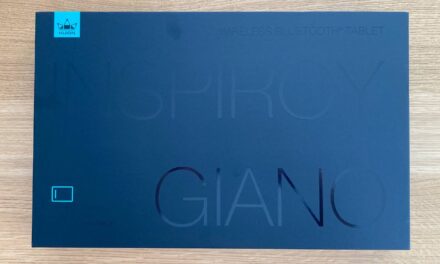
Exploring the Huion Inspiroy Giano Drawi...
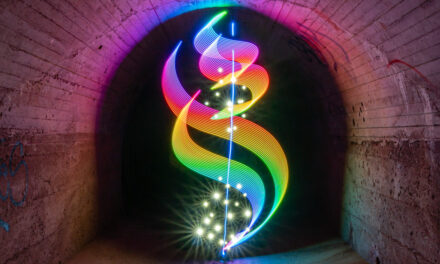
LP Tool Review: Light Bar from Luis Lafu...
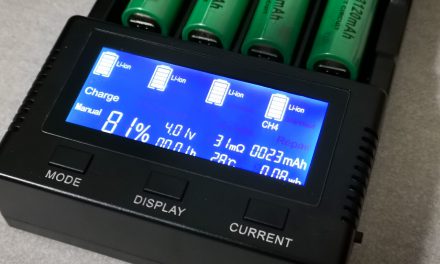
Battery and Charger Buying Guide 2021

Flashlight Review: Light Excursion Delux...

Flashlight Buying Guide 2021
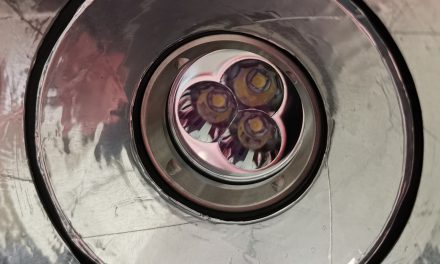
LP Tool Review: LACE Backlight Scanner

Patrick’s 8H LP Workshop

Flashlight Review: Sofirn SP31 V2.0

Flashlight Review: Convoy S2+

Light Review: LumeCube 2.0
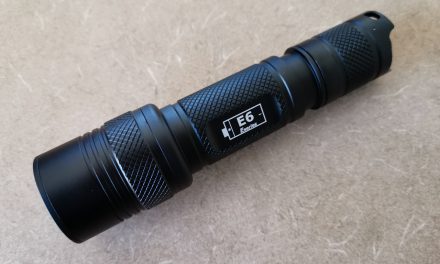
Flashlight Review: KDLITKER E6 Triple XP...

Intercontinental Light Painting
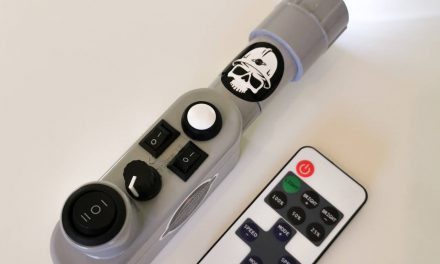
Flashlight Review: Light Excursion Delux...
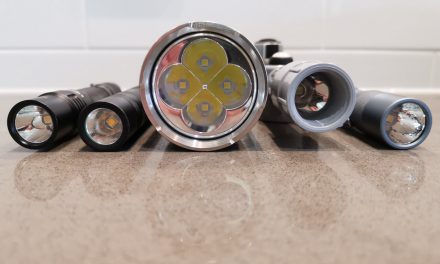
Flashlight Buying Guide 2020

Flashlight Review: LightPainter from Lig...

Flashlight Review: Lumintop FW1A

Battery and Charger Buying Guide 2020
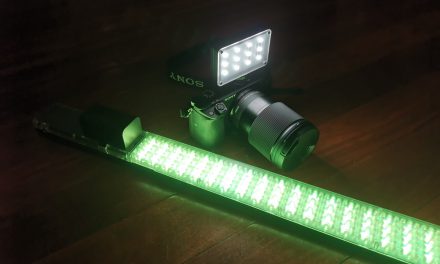
Video Light Reviews: Yongnuo YN360iii an...

Flashlight Review: Light Excursion Sport...

2019 Flashlight Buying Guide
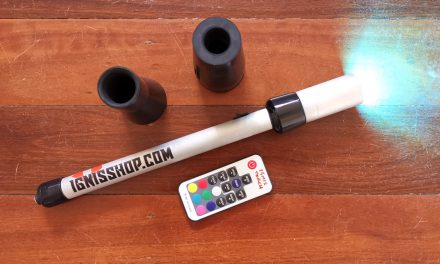
Double Review: Ignis Shop - Color ...

LP Tool Review: Light Painting Paradise ...

Flashlight Review: Convoy M2

Flashlight Review: Light Excursion Delux...

Flashlight Review - BLF Q8

Review: Lightroom Alternatives
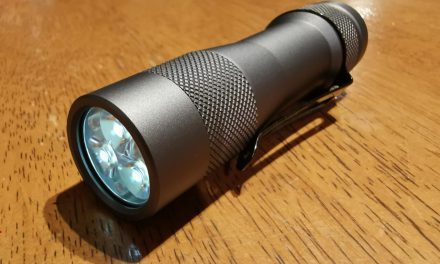
Flashlight Review: TLF/BLF FW3A
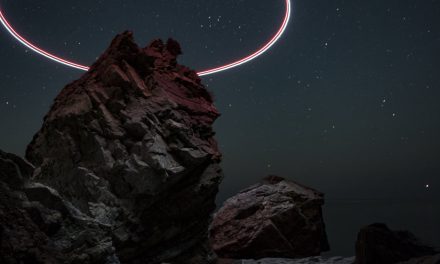
Drone Light Painting Tutorial

Camera Review: Huawei Mate 20 Pro

Light Painting Tutorial : Calligraphy Ba...

Flashlight Review: Folomov 18650S

Light Painting Tutorial - Ball of ...

Acebeam T27 Review
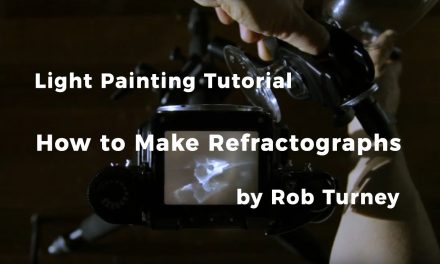
Light Painting Tutorial - How to m...

Light Painting Paradise Tools Review
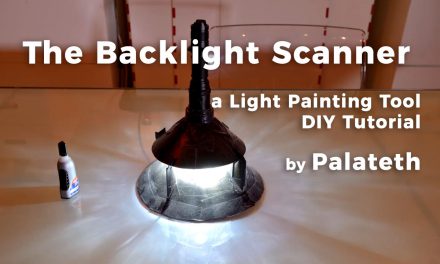
Light Painting DIY - The Backlight...

Light Painting Tutorial - Light Pa...

Light Painting Tutorial - How to c...

Flashlight Review: Convoy T2

Light Painting Tutorial - How to l...

Light Painting on an Android Phone
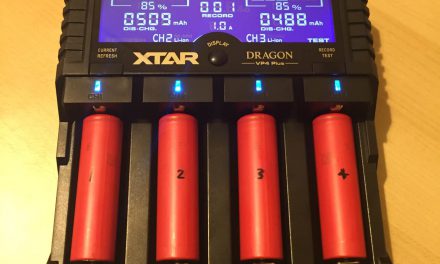
Battery & Charger Buying Guide 2018

Flashlight Buying Guide 2018

Flashlight Review: Nitecore MT22C

Flashlight Review: Klarus FX10

Video Light Review: Yongnuo YN360

Flashlight Review: Nitecore P26

Headlamp Review: Nitecore NU25

LP Tool Review: LPB Light Whip
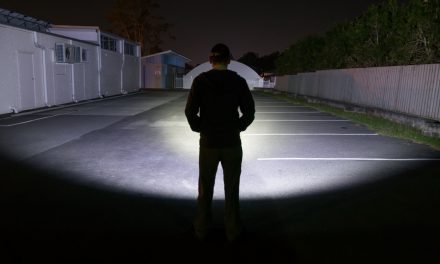
Headlamp Review: Nitecore HC65

LP Tool Review: Denis Smith made Arcligh...

Flashlight Review: MHVAST TG20

DIY RGBW flashlight
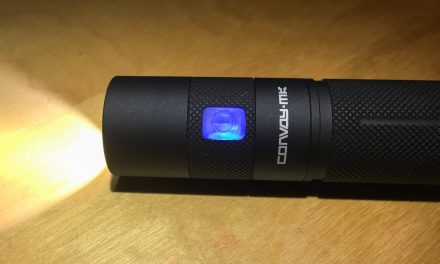
Flashlight Review Convoy S9

Blade Tunnel Tutorial

Light Review: Concentrate by Threeworlds...
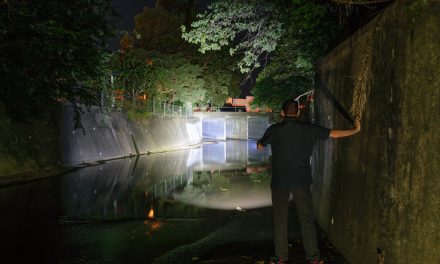
Flashlight Review: Klarus XT11GT

Flashlight Review: Klarus XT2CR & TR...

Flashlight Review: Nitecore P10GT

Flashlight Review: Generic Cheap Zoom Li...

Battery Charger Buying Guide

Flashlight Review: Fitorch MR35 (RGBW-UV...

Battery Safety and Buying Guide
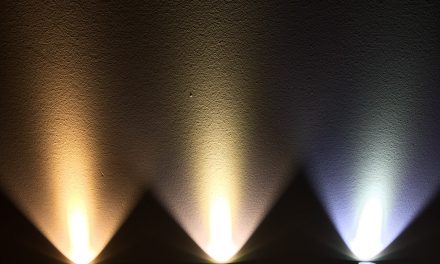
Flashlight buying guide
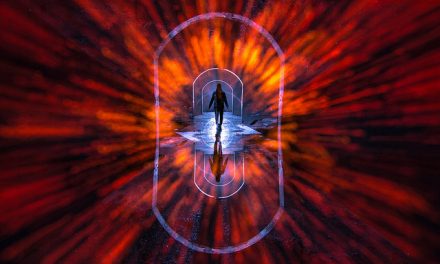
Camera Rotation

Infrared Light Painting - Modifyin...

The Singularity Effect Tutorial

The Dark Art Of The Lens Swap
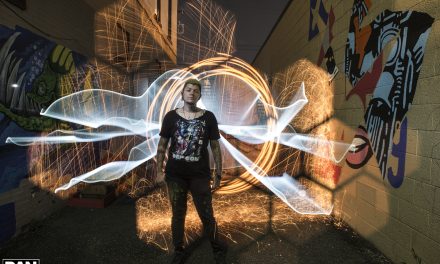
Tutorial: Large Scale Stencils

The Sexy Plexi Method Tutorial

The Art Of The Tripod Swap
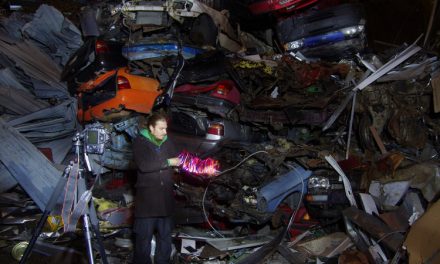
Tutorial - How to draw a lightman

Light Painting Tutorial – How to light p...

Fade To Black Light Art

Review of the Universal Connector by LPB
Login
Subscribe
All about Light Painting!
Tutorials, reviews, news, interviews, events, contests and more!

